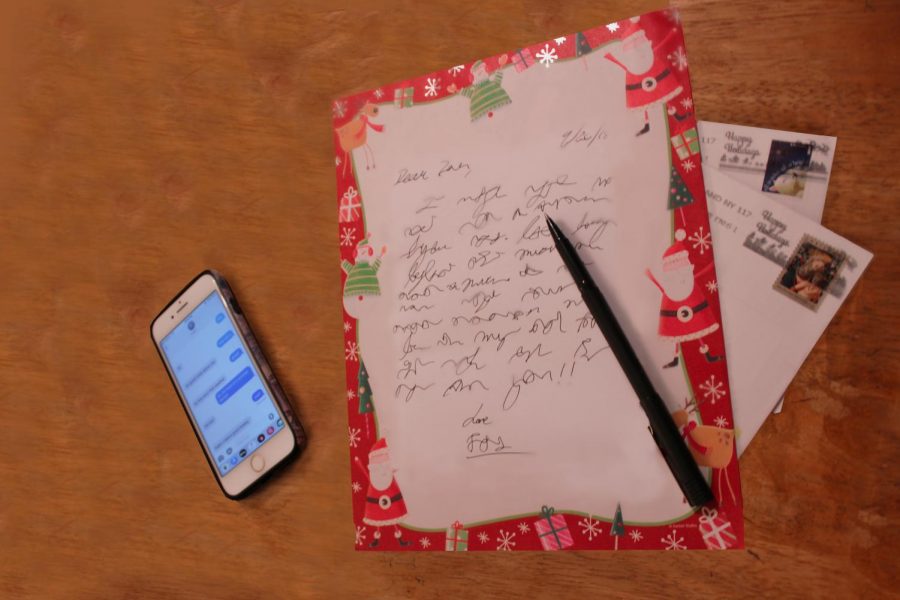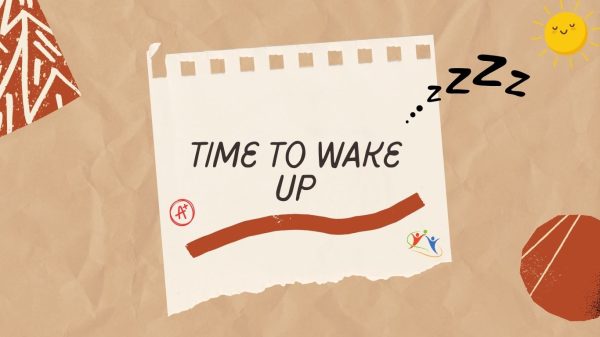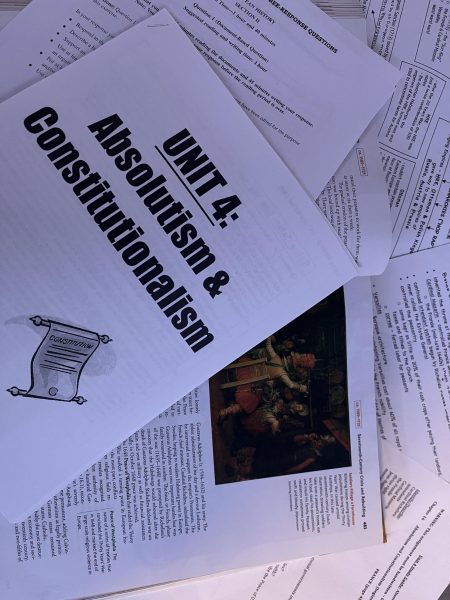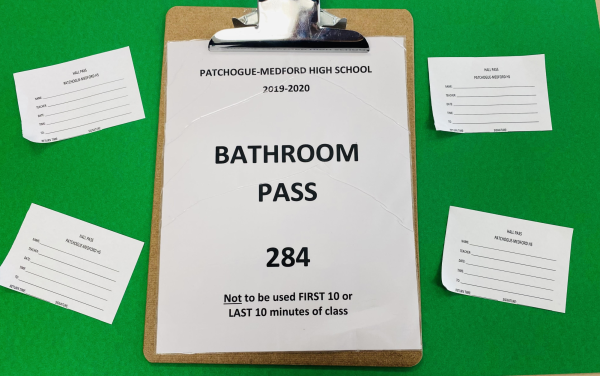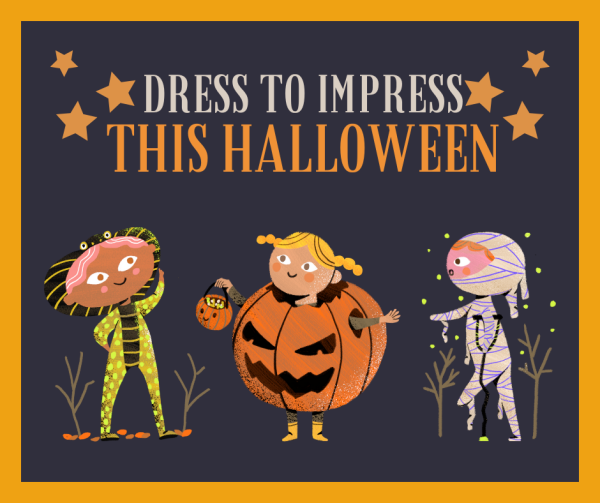The Diminishing Role of Letter Writing in a Digital World
Photo by Elizabeth Niemiec
What ever happened to writing letters? Text messages have all but destroyed a long tradition of hand-written letters for all occasions.
It’s 2018. Today, we can communicate with anyone from around the world with a press of the “send” button. Just 37 years after the development of the personal computer and 27 years after the invention of the internet, it seems every day we progress in developing newer and faster ways of communicating with each other.
Technology has facilitated the connection of people through the development of computers, laptops, smartphones, tablets, and smartwatches; who knows what is next. Nowadays we have access to a plethora of ways to communicate efficiently, including through email, text messaging, Snapchat, and even direct messaging on social media outlets such as Instagram or Twitter.
In the wake of the digital age, we seem to opt for communicating with each other in the fastest and easiest ways possible. Given this, it’s not surprising that we have become so unaccustomed to the simple act of sending a handwritten letter or card to someone. Most people don’t take the time or invest in the resources needed to send physical messages to a friend or family member.
After all, writing a letter or sending a card require a trip to the post office, a purchase of a book of stamps, and time taken out the day to compose the message. Instead, we send half-hearted “Happy Birthday” messages with a post on our Snapchat stories or through a simple, and sometimes unthoughtful, text. Many wish others “Get Well Soon” on their Facebook page, whereas we used to send them a card to tell them we were thinking of them. The reasoning behind this shift:
Why spend precious money and time on someone when acknowledging them can be as easy as a swoosh and tap of a button?
While some may see benefits in the digitization of communication, the United States Post Office has had a direct hit from this change. The USPS has suffered $2.7 million in losses due to a decline in mail sent. The 50% decline of first-class mail, which includes letters and postcards, in the last decade is expected to fall even further, racking up losses by $800 million.
If you are skeptical of these numbers, think back to the last time you received anything in the mail other than bills and the occasional Christmas card. The average American household receives ten pieces of mail each year. In other words, approximately one piece of mail every two months.
This trend has accompanied an overall lack of writing skills and grammar in young children. So accustomed to typing and having spell check on hand, most kids don’t know basic rules of grammar. On the topic of letter writing, 1/10 of 7-14-year-olds have never written a letter before. More than 25% of them had not written one in a year, while 50% had written a text message or email within the past week. On top of that, 50% of 11-year-olds don’t know how to address an envelope.
The worst part? In 2014, 80% of children aged 9-16 owned a cellphone. The average age for children to get their first phone is 10.3, as of 2012. Isn’t it sad that we live in a world where children learn how to use a cell phone before they learn how to address an envelope? By lacking the experience in writing a letter to a loved one or pen pal, kids lose out of key developmental benefits. Whereas the digital world has limitations on expression, writing a letter to someone, whoever it may be, is one of the easiest ways to teach children how to express their gratitude.
Aside from that, writing, in general, has been shown to boost creativity and leads to better retention of information, and stimulation of the brain. Letter writing specifically results in mood improvement, and receiving one does too. In a study conducted by OIG, 75% of respondents insisted that receiving a letter in the mail “made them feel special.”
In another study, conducted by Kent State University, participants were asked to compose three letters of “gratitude” in a month. As the month progressed, each letter increased happiness levels and life satisfaction, while despondent tendencies decreased. Thus, writing a letter to show someone you care might require more effort but its benefits, in the long run, are worthwhile.
Curious, I conducted an informal Instagram poll to see how my peers felt in regards to writing messages versus text messaging. Out of the respondents, 68% preferred to receive a written letter from a friend or family member, while 32% preferred to receive a text.
When asked to explain her choice, Kristina Dolan, grade 11, justified her preference for physical letters by exclaiming, “It’s more of a surprise! And if you receive a sweet letter, you can keep it and hang it up for future reminiscence.”
Angelica Harriott, a senior, agreed, “Taking the time to write, address, and send a letter better shows the love in the relationship.”
Texting can often seem insincere, as part of a routine, and without sentimentality. Writing a letter is not only, in Sarah Varghese’s (11th grade) words “more personal,” but can also be seen, as put by Cailin Rogers, grade 11, as “so romantic.”
Although established in 1775, the invention of “Valentine’s Day” in the 1840s was the beginning of the Post Office’s widespread usage. At this point, sending letters to each other was a normal phenomenon, as people started to send love letters to their beaus.
Nonetheless, others had convincing arguments as to why text-messaging was the way to go. Christian Allbright, a junior, expressed how texting is “More accessible and faster to receive.” Olivia Brinkman, also in 11th grade, added, “Texting allows you to know what is happening at the exact moment.”
While this is valid, it’s impossible to disagree that receiving a mail is more exciting than receiving a text or email, which could easily become lost among the thousands we seem to get a day. Moreover, in its essence, writing a letter to someone is giving them a piece of you, your thoughts, and your feelings- a text message can’t replicate this connection.
“A letter feels more genuine, as though they [the writer] actually cares about you,” explains Emily Berkemeyer, a current senior. Aimee Pina, a 2018 Pat-Med graduate, insisted that “Hand-written stuff always comes off as more thoughtful!”
Undeniably, letter writing is not something we all do on the daily. However, it should be something that we all try to incorporate more into our lives. After all, picking up a pen and paper is out of the norm for many of us, but it shouldn’t be something that ever goes out of style.
Thus, with the holiday season upon us, keep in mind that writing a letter to remind someone that you love them will make their day. Even if it’s as simple as a thank you note, because it came from the heart, it might just be something that they keep and cherish forever. So, I urge you to write a friend, family member, pen pal, or even to a military member and show your love, tell them about your day, or thank them for all that they do. It’ll be an irreplaceable experience for both the writer and the reader.

Grade 12
"What a wonderful thought it is that some of the best days of our lives haven't happened yet." - Anne Frank


